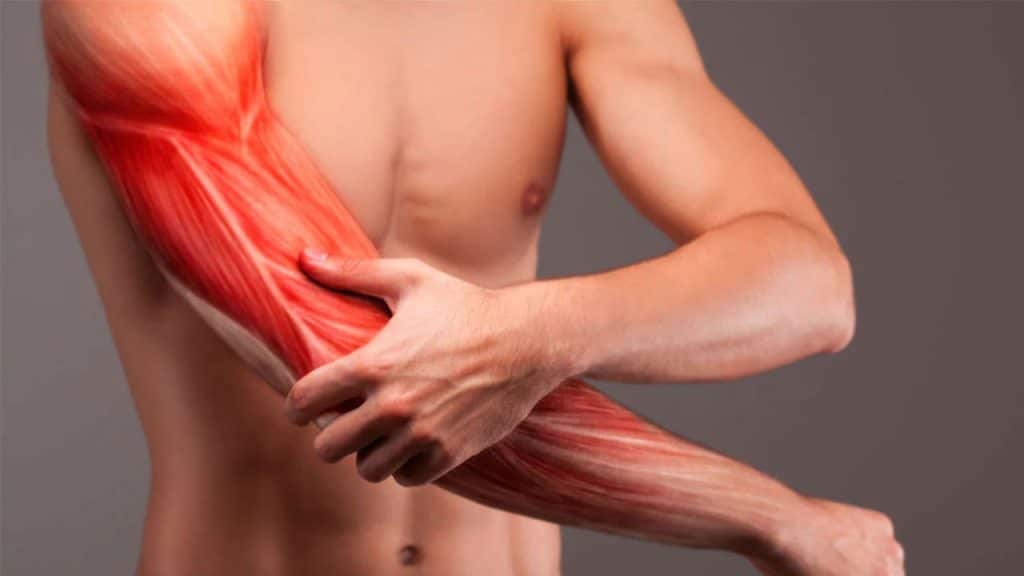Part of the reason that exercising your muscles and getting them to grow can be complicated is that there are different types of muscle constructed in different ways. Which muscles are you focusing on, and how can you maximize their potential?
Broadly speaking, there are three types of muscle. There’s the cardiac muscle, which is only relevant to the heart; there are the smooth muscles that control the involuntary movements of other organs (like the stomach); and then there’s the skeletal muscle that’s responsible for our voluntary movement. When you exercise, it’s probably the skeletal muscle that’s your focus.
Skeletal muscle can then be divided further, into fast-twitch fibers and slow-twitch fibers. They have a different blood supply, use oxygen differently, have different amounts of energy, and are involved in different types of movement. You’re born with a certain number of each type of fiber, which can influence your sports performance. There’s some debate over whether it is possible to change your muscle fiber type with training.
Fast-twitch muscle fibers have a smaller blood supply and don’t use oxygen very effectively. This means they can use a lot of energy very quickly, but you’re also more likely to experience fatigue immediately afterward. Sprinters tend to have a lot of fast-twitch muscle fibers. Slow-twitch muscle fibers, with more blood, more oxygen and a slower rate of exhaustion, are better suited to endurance sports like long-distance running.
You have fast- and slow-twitch muscle fibers in most of the body’s muscles, but in different proportions. Your back and lower legs, which bear a large part of the responsibility for your ability to stand, are dominated by slow-twitch fibers. Fast-twitch fibers would burn out too quickly and you wouldn’t be able to keep standing all day. Your eyelids have more fast-twitch fibers because blinking is a rapid movement that doesn’t have to be sustained.
Your quantity of the different muscle fibers may be decided by genetics, but you still need to work both of them if you want to maximize your muscle gain. That means sprinting, jumping and other fast-paced, high-impact activities for the fast-twitch fibers and jogging, long-distance biking or swimming, and even yoga for the slow-twitch fibers.
Athletes who have particularly impressive muscles have well-rounded regimens that work both types of muscle fiber as well as ensuring they have good nutrition and enough rest.




